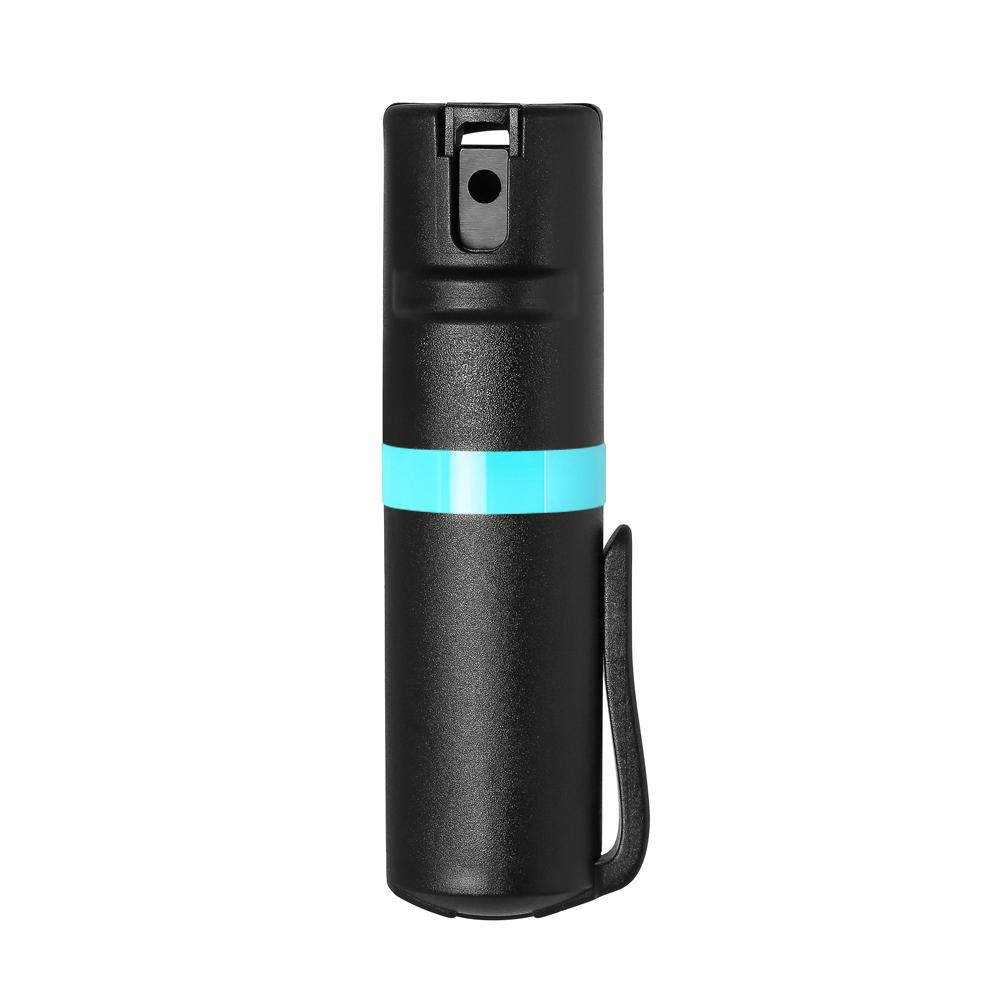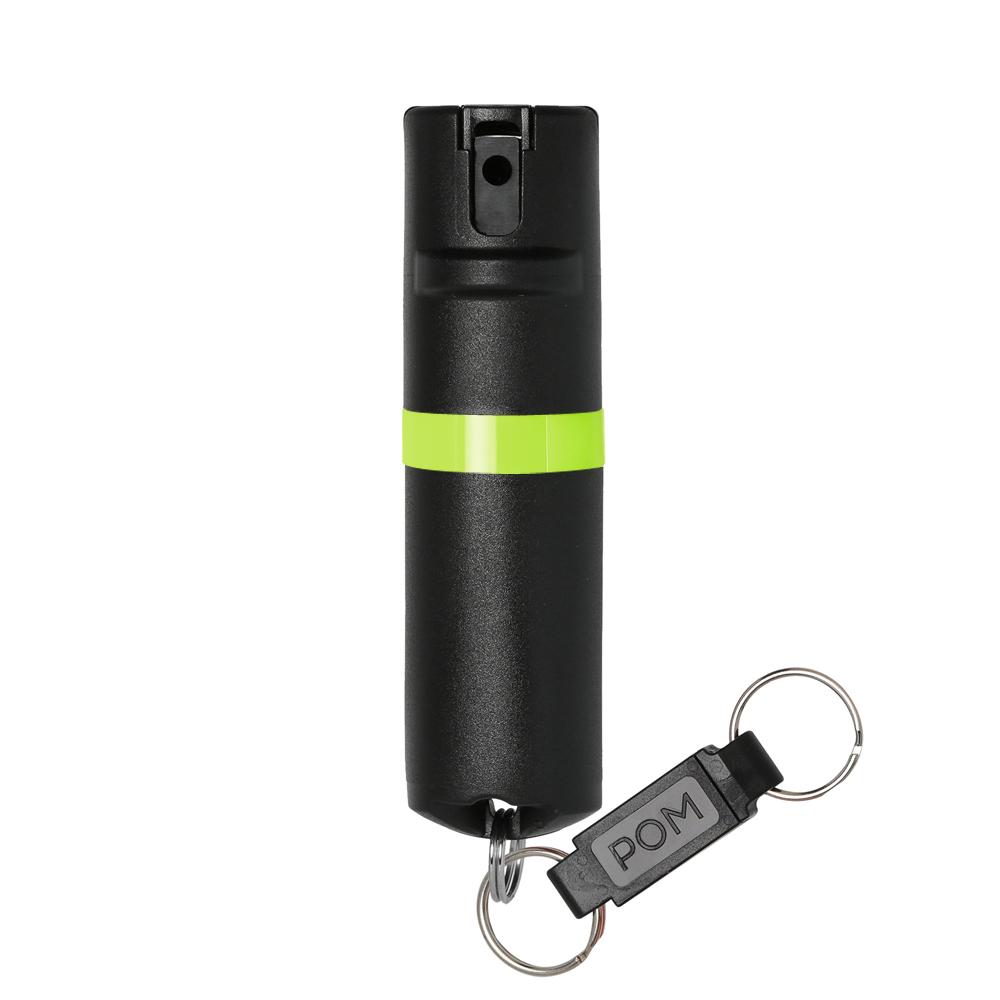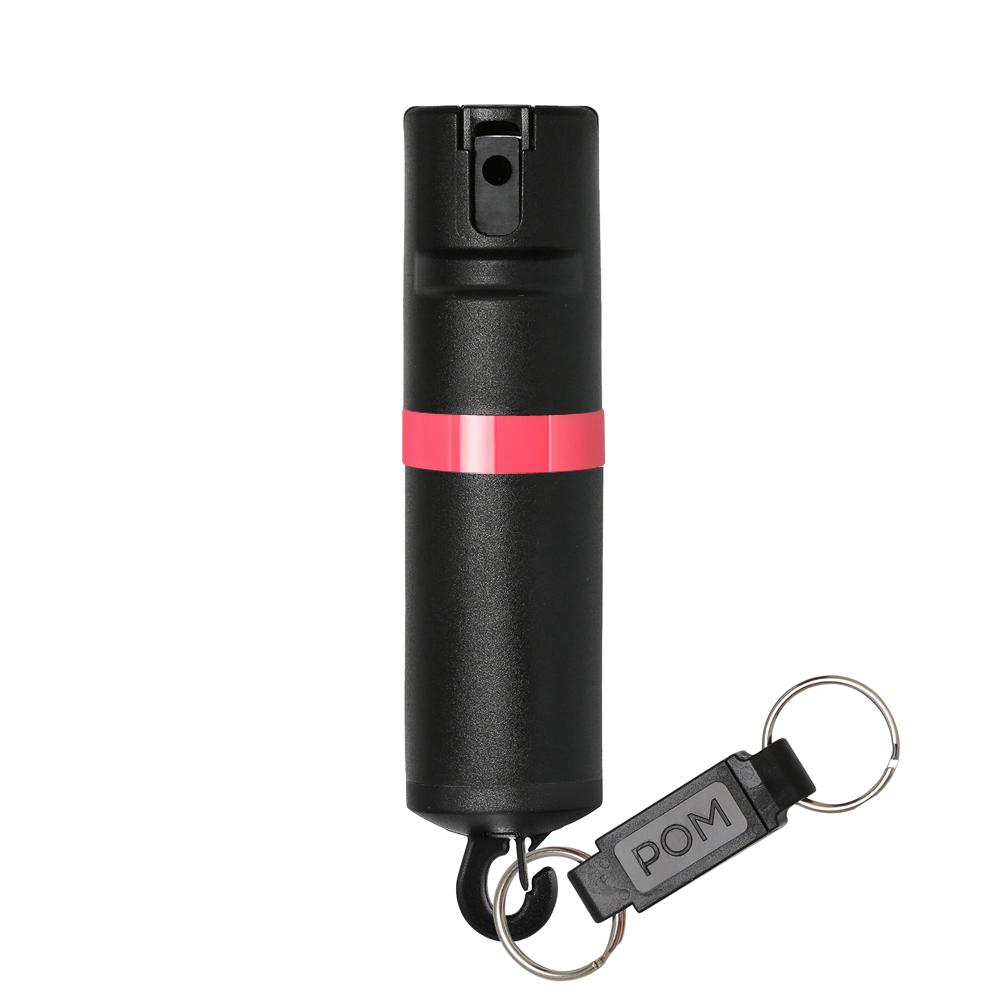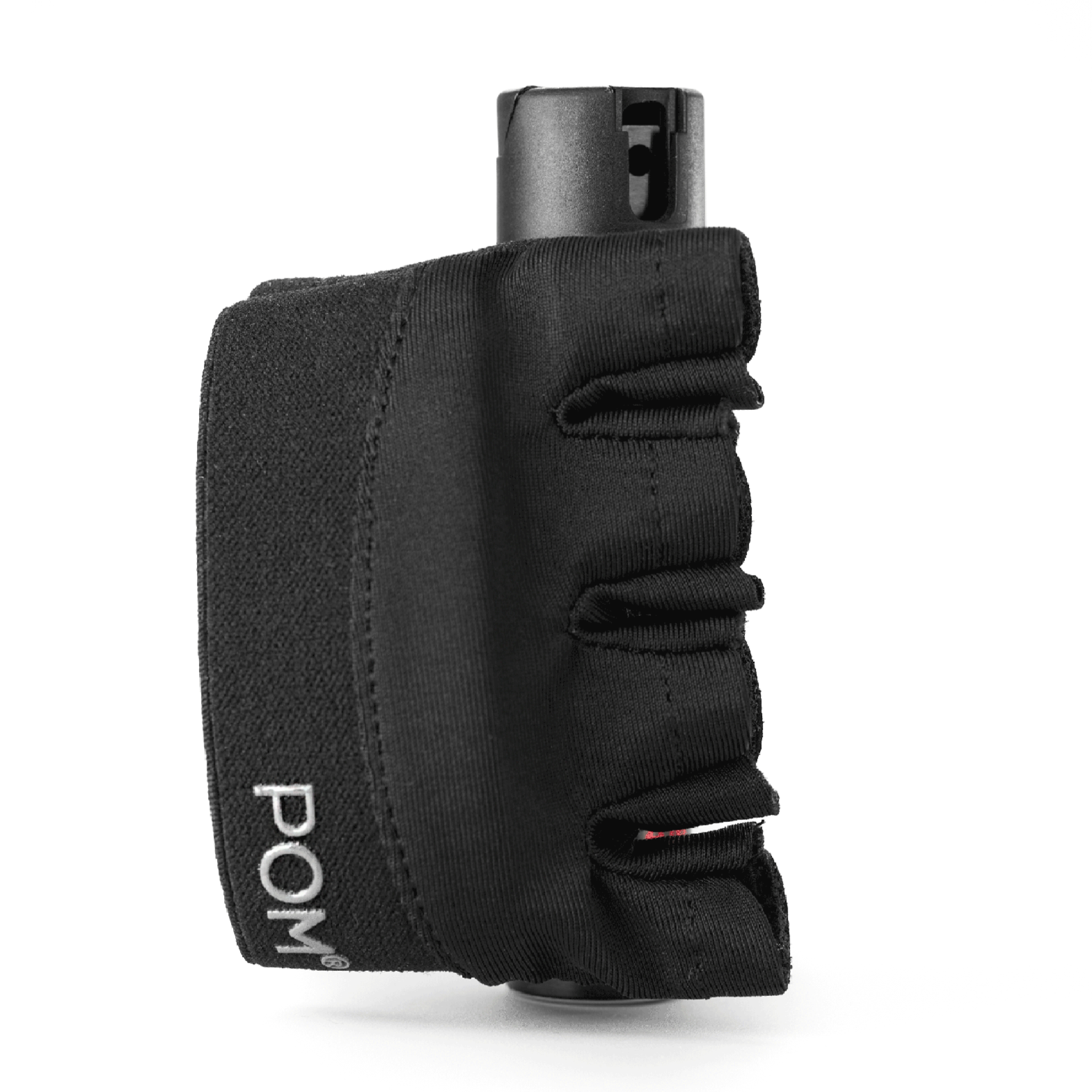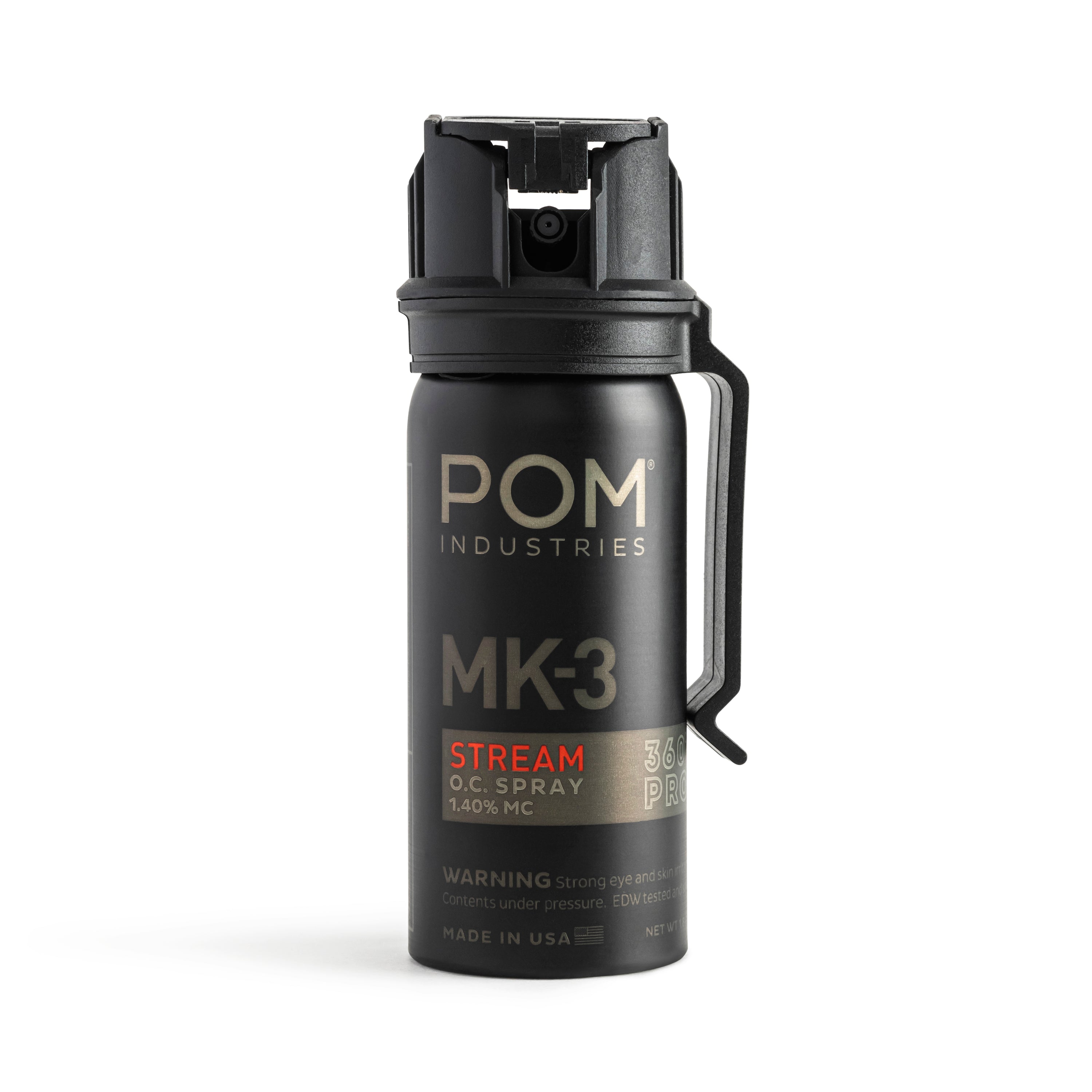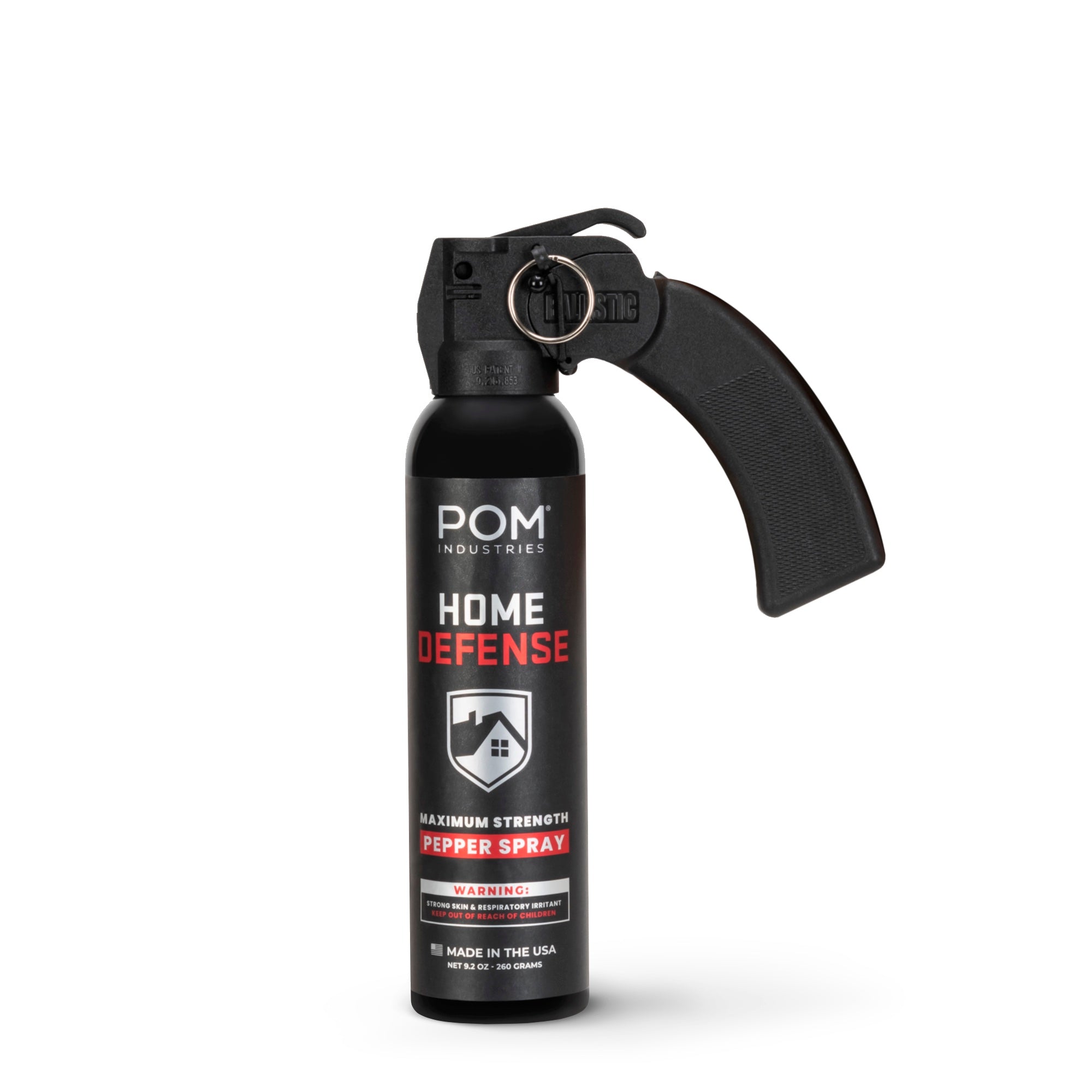What is Pepper Spray?
Pepper spray, also known as oleoresin capsicum (OC) spray, is a type of self-defense spray that is designed to be used against attackers. It contains a concentrated formulation of capsaicin, the chemical that gives chili peppers their heat, pungency and spicy flavor. When sprayed into the face of an attacker, pepper spray causes a burning sensation in the eyes and throat, which can be very painful and temporarily incapacitate the attacker. Pepper spray is commonly carried by law enforcement officers and is also used by individuals for personal protection.
In the United States, Pepper spray is legal for use by individuals for self-defense. However, there may be restrictions on the size and strength of the pepper spray, and on where and how it can be carried and used depending on your state. Some states and municipalities have more stringent regulations on pepper spray, so it is important to check the laws in your area to make sure you are aware of any restrictions on its use.
Pepper spray, contains a concentrated solution of capsaicin, the chemical that gives chili peppers their spicy flavor.
When sprayed into the face of an attacker, the capsaicin in the pepper spray causes a burning sensation in the eyes and throat, which can be very painful and temporarily incapacitate the attacker.
The capsaicin in pepper spray works by binding to the TRPV1 receptors on the cells in the eyes and respiratory system. When these receptors are activated, they send signals to the brain that cause the burning sensation and other symptoms of pepper spray exposure. The effects of pepper spray can be felt within seconds of exposure, and can last for up to 45 minutes or longer. Pepper spray is an effective self-defense tool because it is non-lethal and can quickly incapacitate an attacker, giving the user time to escape or seek help.
Capsaicin and capsaicinoids are the active compounds that give chili peppers their heat, pungency and spicy flavor. Capsaicin is the most well-known and most potent of these compounds, and it is responsible for the burning sensation that chili peppers
can cause when they are eaten. Capsaicinoids are a group of related compounds that are found in chili peppers, and they are responsible for the characteristic pungency of these peppers.
Capsaicin and capsaicinoids are present in chili peppers in varying amounts, depending on the variety of pepper and the growing conditions. The spiciness of
a chili pepper is measured using the Scoville scale, which assigns a Scoville heat unit (SHU) rating to each pepper based on its capsaicin content. The higher the SHU rating, the spicier the pepper is.
Capsaicin and capsaicinoids have a variety of uses in medicine, food, and in particular - self defense products. Capsaicin is the active ingredient in pepper spray that cause the burning sensation in the eyes and throat when sprayed.
Pepper spray is generally considered to be a safe and effective self-defense tool, but like any other substance, it can have some risks and side effects. One of the main risks of using pepper spray is that it can affect innocent bystanders or people who are not involved in the situation. If the spray is used in a crowded area or if the wind blows the spray in the wrong direction, it can cause pain and discomfort to anyone who is nearby.
Another risk of using pepper spray is that it can cause respiratory problems or other health issues in some people. If the spray is inhaled, it can cause coughing, difficulty breathing, and other symptoms, particularly in people who have pre-existing respiratory conditions. In rare cases, pepper spray can cause more serious health problems, such as asthma attacks or allergic reactions.
Additionally, there is a risk that the person who is sprayed with pepper spray could become more aggressive or violent if they are under the influence of drugs or alcohol, or if they have a mental health condition. In these cases, the pepper spray may not be effective, and the situation could potentially become more dangerous.
Overall, the risks of using pepper spray are relatively low, but it is important to use it carefully and responsibly to minimize the potential for harm to oneself or others.
Yes, pepper spray can expire. Like other self-defense products, pepper spray has a limited shelf life, and it can lose its potency over time. The exact expiration date of pepper spray will depend on the specific formula and manufacturer, but POM pepper spray will have its expiraiton date printed on the bottom of the canister. It is important to check the expiration date of your pepper spray and replace it if it has expired. Expired pepper spray may not be as effective as fresh spray, and it could potentially cause more harm than good if it is used in an emergency situation.
If you accidentally get pepper spray on your skin, the first thing you should do is rinse the affected area with water for at least 15 minutes. This will help to wash away the capsaicin and other chemicals in the pepper spray, and will reduce the severity of the burning sensation. You can also try applying a cold compress, such as a towel or cloth soaked in cold water, to the affected area to help relieve the pain and discomfort.
If the burning sensation persists or if you experience other symptoms, such as difficulty breathing or swelling, you should seek medical attention immediately. A doctor or other healthcare provider can provide further treatment and advice on how to manage the effects of pepper spray exposure.
It is also important to avoid rubbing or scratching the affected area, as this can irritate the skin and make the symptoms worse. If you have contact lenses, you should remove them immediately and do not put them back in until you have thoroughly rinsed your eyes with water.
Overall, the best way to deal with pepper spray on your skin is to rinse the area with water.
Pepper spray should be stored in a safe, secure location that is inaccessible to children and unauthorized individuals. This will prevent accidents or misuse of the spray, and will ensure that it is available for use in an emergency situation. Pepper spray should be kept in a cool, dry place, away from heat or direct sunlight, which can affect its potency and effectiveness.
Many people choose to store their pepper spray in a dedicated self-defense or emergency kit, along with other tools and supplies that may be useful in an emergency. Pepper spray can also be carried on your person in a holster, purse, or other secure container. It is important to check the laws in your area to make sure that you are allowed to carry pepper spray and that you are following any relevant regulations.
Overall, the key to storing pepper spray is to keep it in a safe, secure location that is accessible to you, but not to anyone else. This will ensure that you have access to it if you need it, but that it is not a danger to others.
Pepper spray and pepper gel are two types of self-defense sprays that are designed to incapacitate attackers by causing a burning sensation in the eyes and throat. The main difference between the two is the consistency of the active ingredient, capsaicin. Pepper spray is a liquid that is sprayed in a stream pattern from a canister using a stream or mist, while pepper gel is a thicker, gel-like substance that is fired from a canister using a or foam-like stream.
In most cases, you are not allowed to bring pepper spray on an airplane. Pepper spray is considered to be a hazardous material, and it is subject to strict regulations and restrictions when it comes to air travel. Most airlines and airports will not allow passengers to bring pepper spray on board an airplane, and any pepper spray that is discovered during security screening will be confiscated.
If you are traveling by air and you want to bring pepper spray with you, you should check with the airline and the airport to see if they have any specific rules or regulations regarding pepper spray. In most cases you will be allowed to bring your pepper spray in a checked bag. You may be able to ship your pepper spray separately, or you may be able to store it in checked baggage if it is allowed by the airline and the Transportation Security Administration (TSA).
It is important to note that even if you are able to bring pepper spray on an airplane, you may not be able to use it or possess it once you reach your destination, as the laws and regulations regarding pepper spray can vary depending on the location. It is always best to check with the authorities in the place you are traveling to, and to be prepared to leave your pepper spray behind if it is not allowed.
The expiration date will reflect 4 years from the date of production. However, we recommend replacing your unit every 2 years to ensure maximum strength and performance. With all aerosol products, as time goes on, the pressure in the actuator will diminish, regardless of use.
No, due to the manufacturing of the product, neither our POM live and practice units are refillable.
No, all POM units, regardless of base color and indicator ring, are the same in strength and quality. The different colors are simply for personalization purposes only.
We do not recommend that you store POM in temperatures above 120 F degrees or below 32 F degrees. Aerosol cans should always be stored in dry areas where they will not be exposed to excessive temperatures.
